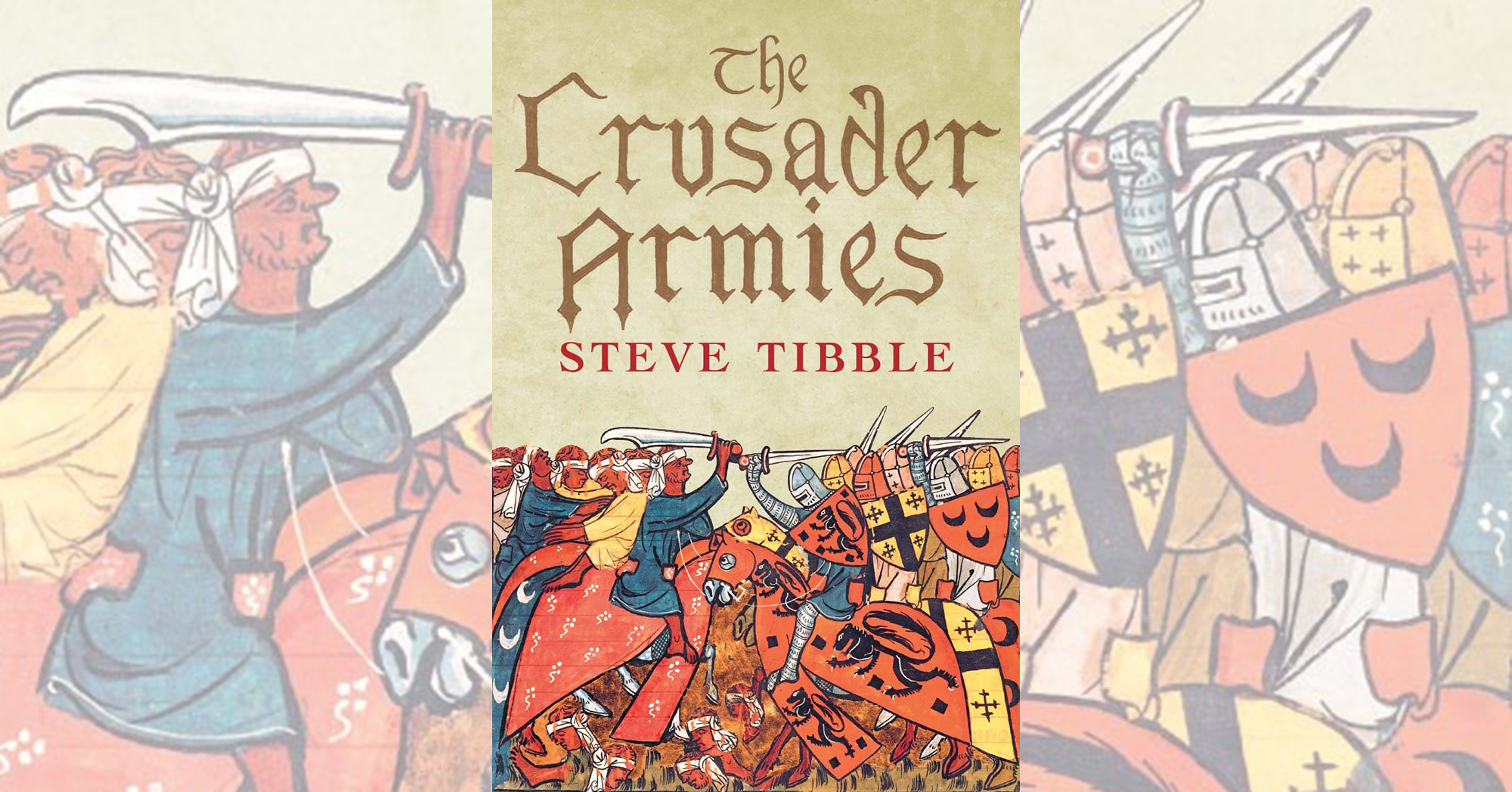The Crusader Armies: 1099–1187, by Steve Tibble, Yale University Press, New Haven, Conn., 2018, $35
Recent scholarship has begun to challenge long-accepted views of the Crusades. In that vein, historian Tibble’s new book, The Crusader Armies, takes an unconventional look at the social and military history of the campaigns and those who participated in them.
While not discounting religion among their proximate causes, Tibble marks the true beginning of the Crusades with the establishment of the Seljuk empire in the mid-11th century. Turkic nomads from Central Asia driven from their ancestral lands by the Mongol horde—and, the author argues, climate change—the Seljuks overwhelmed both the Bagdad-based Muslim Fatimid caliphate and the Christian Byzantine empire, conquering Turkey, Syria, Palestine and Egypt. So it was, argues Tibble, that the age-old conflict between sedentary peoples and nomadic invaders, not to mention the weather, set the stage for the Crusades.
The author also recasts the participating armies of the Crusades from the stereotypical heavily armored European Franks and lightly armed Arabs to a view of conflicting armies with far more similarities, both racially and militarily. Tibble argues the majority of the Crusaders were Middle Easterners, more akin to their Muslim opponents than to European knights. While some readers will disagree with the author’s theses, The Crusader Armies presents interesting food for thought of a fascinating historical period.
—Robert Guttman





